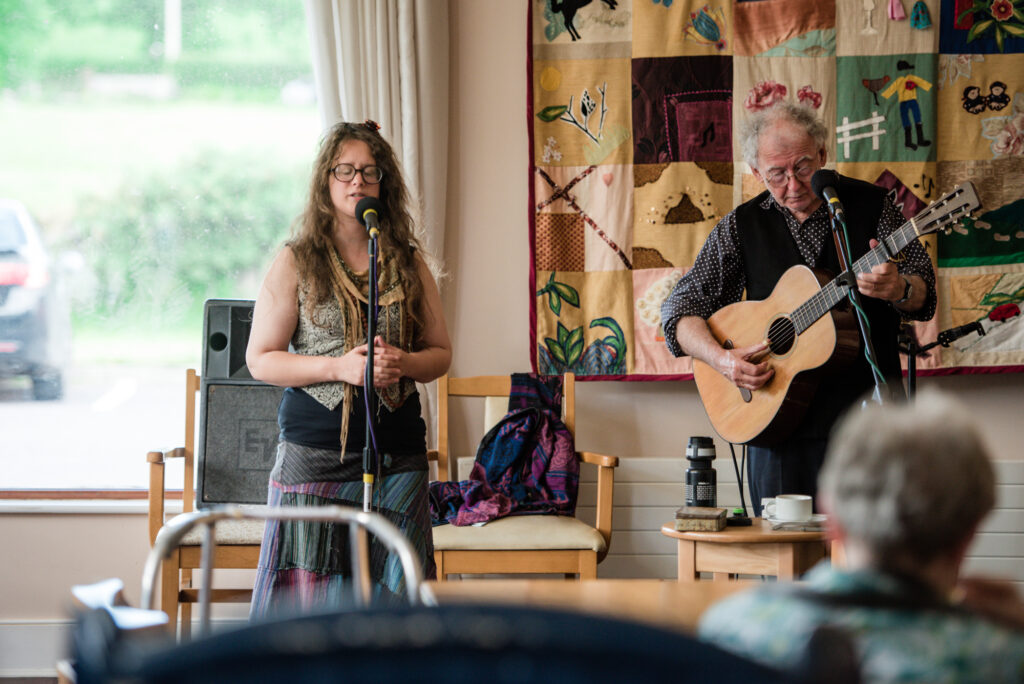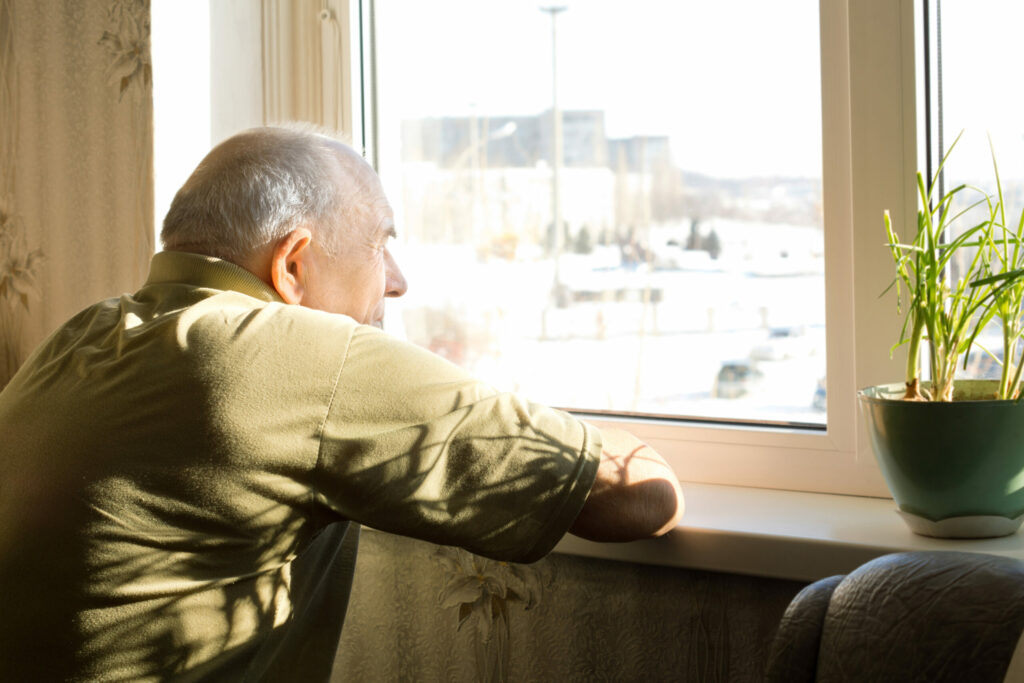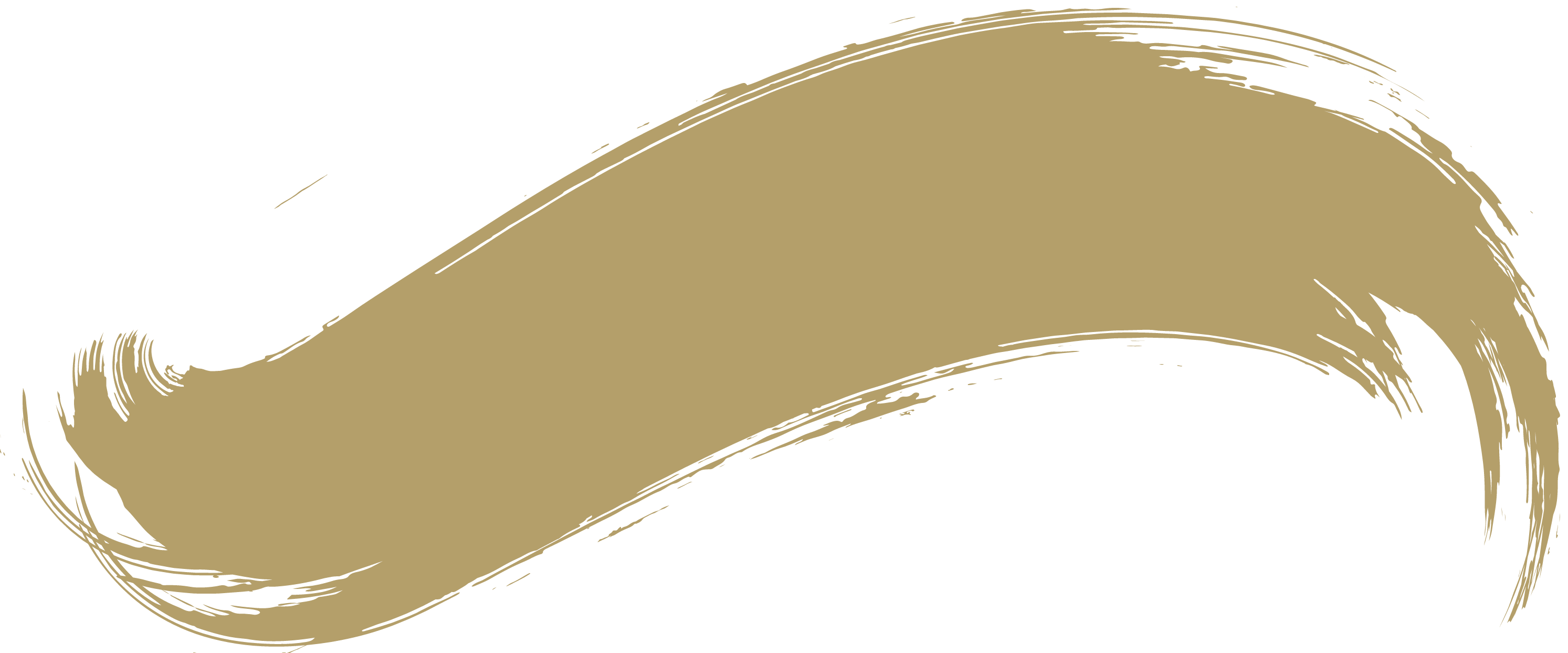“There’s plenty of time for everybody”
Community connections are the ties that bind in Episode 1 as local experiences with the Cork Mobile Library, particularly elder members, are revealed.
After 15 years working with the Cork Mobile Library, Zillah Ni Loideoin, senior library assistant at Cork County Council Library & Arts Service, sums up how the service goes far beyond satisfying a reader’s love for books.
“You actually really care about them because you’ve gotten to know them for so long […] you build up a rapport with somebody when you’re seeing them every two weeks […] even when we were in lockdown, you’d be phoning them every couple of weeks to see how they were getting on.”
Performing a social function as much as a cultural one, for older library users in particular the routine of interacting with Séan, the mobile library driver, is just as anticipated as the reading material. “There’s plenty of time for everybody” says Seán, acutely aware that many elderly members may not have had a visitor for some time.
Listen to Episode 1

“A little bit of positivity and connection”
In Episode 2, Jimmy Crowley and Eve Telford’s musical tour of Cork care homes brought the power of song, music and reminiscence to an appreciative audience. “The residents were so happy,” remarked Mary Lou Leahy, activities coordinator at Skibbereen Residential Care Centre. “You could see by their faces – the clapping, we had tears of joy during some of the songs. It was just lovely for everybody really.”
Maeve Mulrennan, assistant arts officer at Cork County Council, explained that the aim of the performances was “to try and bring a little bit of positivity and connection in. Just as places were starting to open up, older people were among the first to be vaccinated in Ireland so they were the first ones that could welcome the arts back in person, back into their nursing homes and community hospitals”.
On foot of Crowley and Telford’s inspiring performances of old favourites and traditional tunes, one resident also spoke to Tadgh and Joanna about his favourite poem, reciting it word perfect, 80-odd years after learning it in childhood.
Listen to Episode 2








